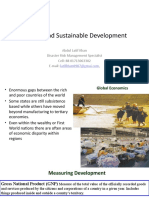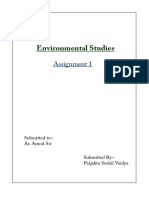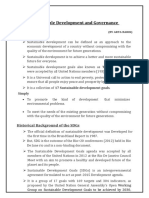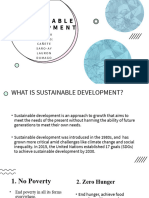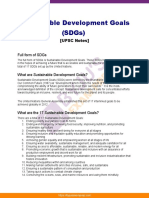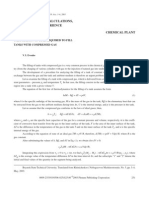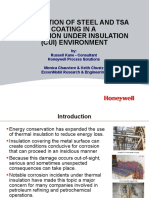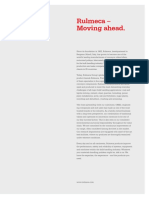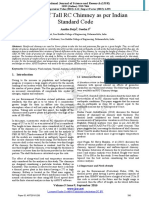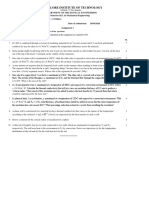0% found this document useful (0 votes)
9 views18 pagesModule 2 Infrastructure & Built Envr
Infrastructure is essential for societal development, encompassing economic and social facilities that support production and improve living standards. It significantly impacts various aspects such as food security, employment, public health, and environmental sustainability. The document also discusses sustainability goals, including the Millennium Development Goals and Sustainable Development Goals, which aim to address global challenges and promote a better quality of life through sustainable practices.
Uploaded by
nvedhashree05Copyright
© © All Rights Reserved
We take content rights seriously. If you suspect this is your content, claim it here.
Available Formats
Download as PDF, TXT or read online on Scribd
0% found this document useful (0 votes)
9 views18 pagesModule 2 Infrastructure & Built Envr
Infrastructure is essential for societal development, encompassing economic and social facilities that support production and improve living standards. It significantly impacts various aspects such as food security, employment, public health, and environmental sustainability. The document also discusses sustainability goals, including the Millennium Development Goals and Sustainable Development Goals, which aim to address global challenges and promote a better quality of life through sustainable practices.
Uploaded by
nvedhashree05Copyright
© © All Rights Reserved
We take content rights seriously. If you suspect this is your content, claim it here.
Available Formats
Download as PDF, TXT or read online on Scribd
/ 18





